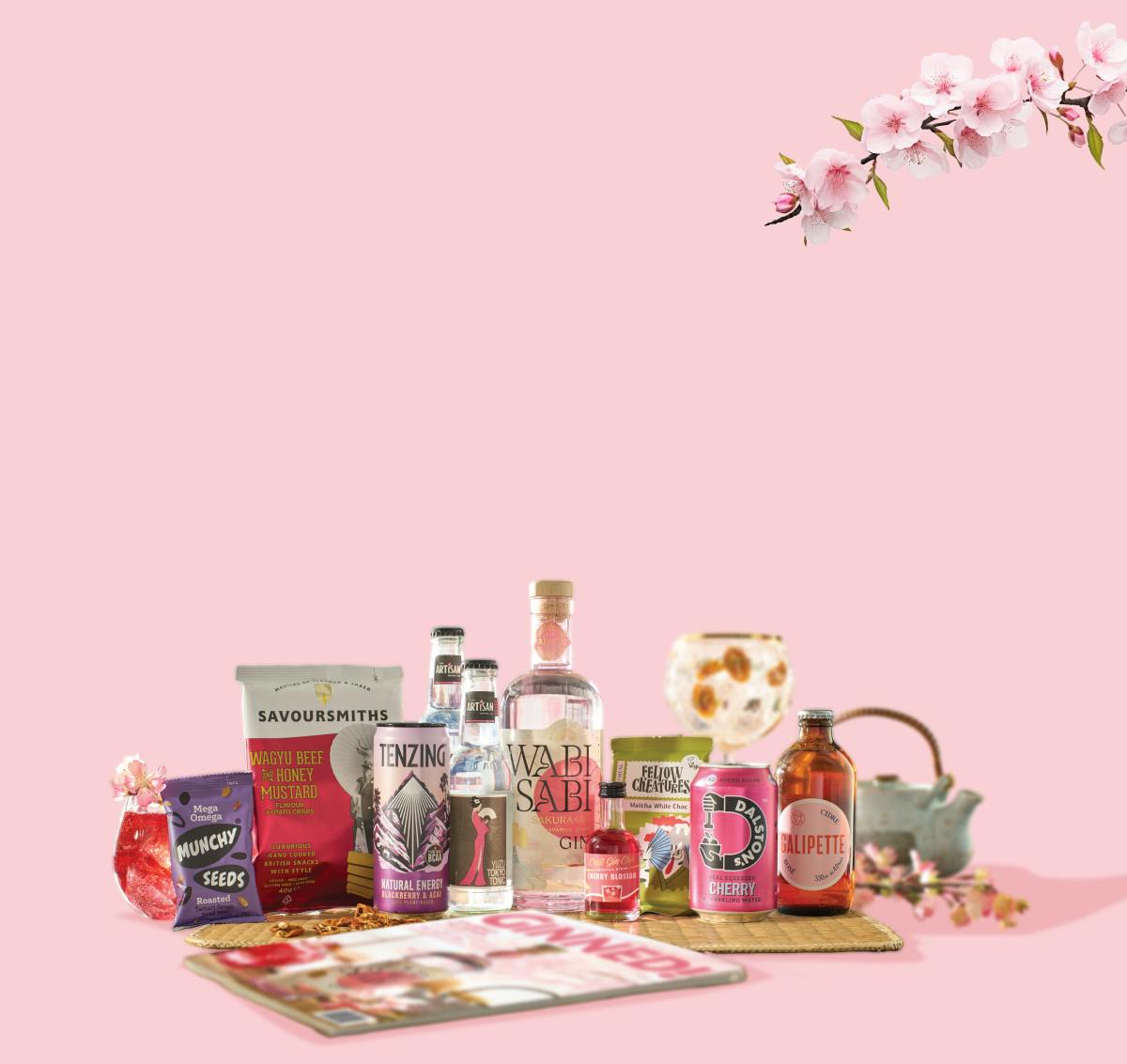Total flexibility, no commitment
A world of unique, crafted spirits
Easy, free and reliable delivery

Science nails down the perfect G&T. Or does it?
If you’re in to your gin, then you definitely have some opinions on what makes the perfect gin and tonic. No doubt you’ve spent hours debating it with cocktail companions, a debate that becomes gradually more heated as different G&T versions spill down your throat.
To settle these debates once and for all, the Spanish gin brand, Gin Mare, turned to the science of flavour and Scottish drinks expert, Stuart Bale. Bale, an Account Manager at the food and drinks consultancy, Strange Hill, with a background in chemistry and dentistry as well as bartending, discovered a few interesting facts, reported by the Daily Telegraph, through his Gin Mare commission:
- lemon trumps lime (“Lime is very fashionable now, but most gins have lemon peel in the mix, so why would you put lime with it?”)
- balloon glasses emphasize a G&T’s flavour better than Collin’s glass
- the perfect strength for a G&T is 14% (one part gin, two parts tonic)
- add lots of ice because a cold G&T is scientifically a fizzier G&T
lemon trumps lime (“Lime is very fashionable now, but most gins have lemon peel in the mix, so why would you put lime with it?”)
balloon glasses emphasize a G&T’s flavour better than Collin’s glass
the perfect strength for a G&T is 14% (one part gin, two parts tonic)
add lots of ice because a cold G&T is scientifically a fizzier G&T
Bale even determined Gin Mare’s “perfect” garnish - a slice of mango peel and ground black pepper - from a selection of 120 garnishes and found the “perfect” amount of tonic for a range of different gins.
Science is all fine and good and Bale's work is undoubtedly well-researched and balanced. But can science, or anything or anyone for that matter, really pinpoint perfection? For instance, not even a group of different food and drink professionals can determine how to best make a G&T and every gin distiller has a different garnish preference for their particular gins.
Mango and black pepper sounds intriguing. But chances are it won’t please everybody. Just look at the banner picture for this article - you can see an orange peel, slices of lemon, lime and strawberry and juniper berries. We’ll go with Warner Edwards, distillers of Harrington's Dry Gin, on this one and say that the best G&T is a statement best left to freedom of expression.







